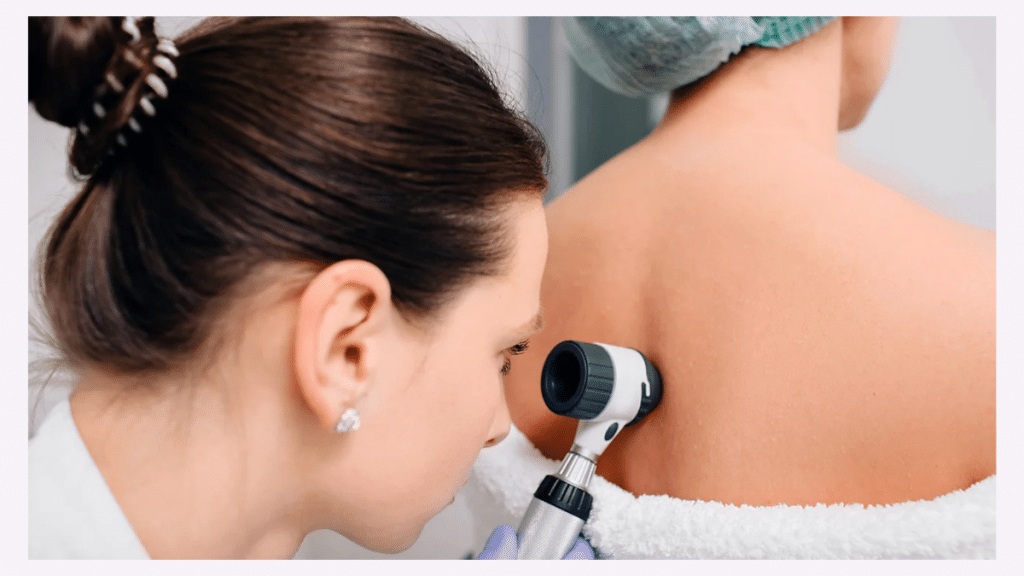Your skin does a lot more than just keep things in — it’s often the first place your body shows signs of internal imbalance, irritation, or chronic health conditions. Yet, skin concerns are also some of the most overlooked when it comes to seeking timely care. Many people try to self-treat or ignore problems entirely until they become disruptive. So when should you actually see a dermatologist, and what are your options before you get there?
The answer depends on the severity, persistence, and type of skin issue you’re dealing with. Some conditions can be managed with basic over-the-counter treatments, while others need medical intervention — either by a dedicated skin specialist or through your primary care provider.
The Overlap Between Primary Care and Skin Health
It’s a common misconception that you need to see a board-certified dermatologist for every skin issue. In reality, many primary care physicians and family medicine clinics offer a range of dermatology-related services. These might include evaluating moles, treating acne, managing eczema and rashes, removing skin tags or warts, and prescribing medications for chronic conditions like psoriasis or rosacea.
What makes this route particularly useful is convenience. A provider you already know and trust can often handle mild to moderate skin concerns, coordinate lab work or biopsies, and refer you to a dermatologist when a condition requires specialized care. For example, family clinics like Treasure Valley Family Medicine in Idaho provide a range of skin care services — offering patients a trusted place to start without unnecessary steps or delays.
Signs It Might Be Time to See a Dermatologist
While general practitioners are well-equipped to handle many dermatological concerns, there are certain signs that indicate it’s time to seek specialized care. You should consider scheduling a visit with a dermatologist if you notice:
- A mole or skin lesion that changes – Look for rapid changes in size, shape, border, or color. This can be a sign of melanoma or another form of skin cancer.
- Persistent, cystic acne – Severe or scarring acne often requires prescription-strength treatments or hormonal evaluations.
- Recurring or severe rashes – Especially if they don’t respond to typical steroid creams or seem to be triggered by unknown allergens.
- Unexplained itchiness or dryness – Chronic itchiness can sometimes indicate conditions like eczema, thyroid issues, or even liver problems.
- Slow-healing wounds – If a cut or sore hasn’t healed after several weeks, especially in sun-exposed areas, it could be a sign of something more serious.
- Hair thinning or patchy loss – This could be a sign of alopecia, a fungal infection, or an autoimmune response.
- Scalp scaling or flaking – Psoriasis and seborrheic dermatitis often show up on the scalp and may need medicated shampoos or topical treatments.
Early treatment of skin conditions doesn’t just improve comfort and appearance — it can prevent long-term damage and sometimes catch more serious health concerns before they escalate.
Access to Skin Care Without the Wait
One of the reasons people delay dermatology care is access. Dermatologists in many areas have long waitlists, and not all insurance plans offer easy or affordable specialist access. Starting with your primary care provider can be a practical alternative. These providers are often familiar with your full medical history, can treat a broad range of conditions in-house, and will refer you to a specialist when necessary — especially if a diagnosis is unclear or if a procedure like a skin biopsy or phototherapy is needed.
Moreover, primary care physicians are uniquely positioned to view skin conditions in the context of your overall health. For example, sudden skin changes may be related to hormone imbalances, autoimmune disorders, or medication side effects — all of which are better addressed holistically.
Conclusion
Navigating skin health doesn’t have to be complicated, but it does require knowing when to seek help and where to start. While some conditions clearly warrant a trip to a dedicated dermatologist, many others can be handled effectively by your family doctor — especially those trained in evaluating and treating common skin concerns.
Whether you’re dealing with acne, chronic rashes, or simply want peace of mind about a suspicious mole, your first step can often be a general practitioner with experience in dermatology-related services. Clinics like Treasure Valley Family Medicine provide these services as part of a broader commitment to whole-person care, helping patients manage skin health alongside other medical concerns.
If you’ve been delaying care because of uncertainty or accessibility, consider reaching out to your local provider. Your skin may be trying to tell you something — and it’s worth listening.
